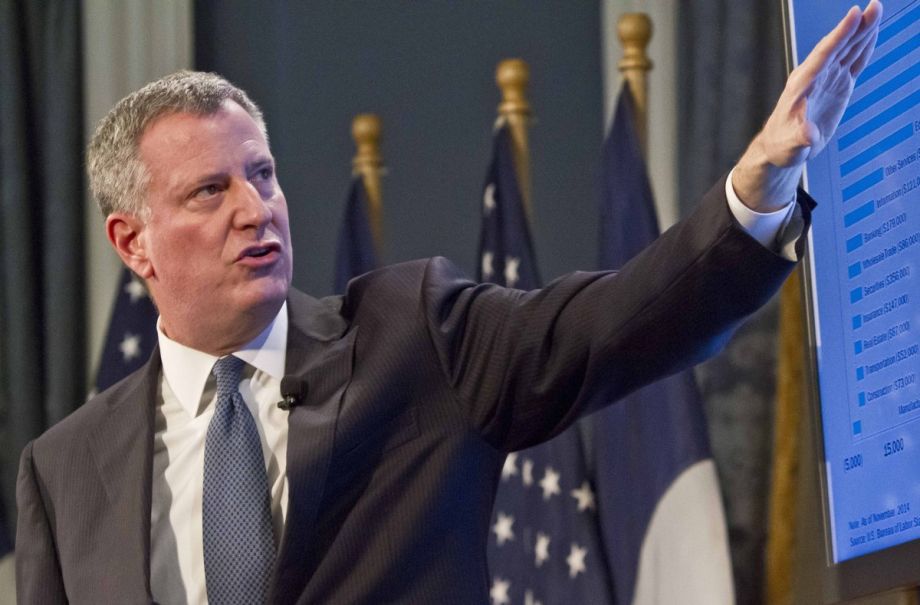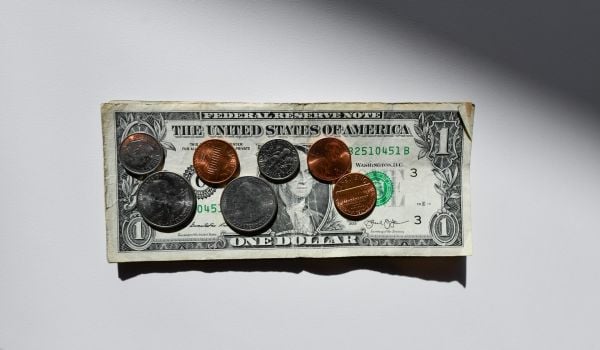Half of America’s GDP comes from its big cities. The cost of living is notoriously higher and rising fastest in the biggest cities, yet lately they are responsible for virtually all population growth in America. But despite the draw of cities and their immense contributions to the economy, to culture, to life, the U.S. political system remains stacked against them. As Adam Gopnik wrote in The New Yorker last May, “the constitutional system is rigged for rural interests over urban ones.”
More and more, cities are asserting what small degree of independence they have to share the bounty of their economies, especially when it comes to the fight for a higher minimum wage. Across the country, around 20 cities have passed legislation to create a local minimum wage that is higher than the federal minimum and state minimums where those exist. Chicago’s will even be pegged to inflation after 2019, and businesses are finding it’s a huge draw for workers to move back into the Windy City.
The movement for higher minimum wages at the city level is often traced back to New York City, where fast food workers and car washers began organizing the original Fight for $15 campaign in 2012. And yet, in New York City, the campaign for a citywide minimum continues.
This week, New York City Mayor Bill de Blasio announced plans to increase the minimum wage for NYC city government staff and contractors to $15 an hour. An estimated 50,000 workers will see their wages increase under de Blasio’s plan, which will require renegotiating multiple union contracts. That announcement came a day after New York State Governor Andrew Cuomo held a rally to launch a campaign for a statewide minimum wage of $15.
How much would a citywide $15 minimum wage help in New York City? A new Economic Policy Institute study provides some estimates. Such an increase would help an estimated 1.4 million workers, or 35 percent of the city’s workforce. Three-quarters of those are workers of color.
Statewide, a $15 minimum wage would affect an additional 1.7 million workers according to the same study. More than half of all Hispanic workers and 40 percent of black workers statewide would receive a raise, directly or indirectly as employers shift above-minimum wage workers to maintain internal pay scales. Ninety-five percent of affected workers are at least 20 years of age. Eighty-four percent have at least a high school education. Two-thirds work full-time. Forty-three percent live in households with less than $50,000 annual income. Twenty-seven percent represent their family’s sole source of income.
Nationwide, 14 states begin 2016 with minimum wage increases, including New York. Maryland, Minnesota and Washington, D.C., have increases planned during the year, and Nevada will announce in July whether it will increase its minimum wage based on cost of living.
One of the most common criticisms of minimum wage hikes is that they would lead to slower job creation. It is certainly possible to link them statistically. In practice, however, the 13 states that increased their minimum wage at the beginning of 2014 created jobs faster in the months after the hike than the months before. That doesn’t necessarily mean higher minimum wages actually create jobs. What that does show is how the minimum wage really is just one of so many variables that goes into job creation in any given geography. Other variables — consumer confidence, business outlook, global economic conditions — may simply be drowning out any job-reducing effects of minimum wage increases.
That said, it’s not like cities or states can just start raising their minimum wages sky-high with no consequences. In an October 2015 New York Times op-ed, labor economist Alan Krueger argues that the speed at which the raises happen is crucial to their success, giving businesses and consumers time to adjust.
Geography is also a key variable. “Although some high-wage cities and states could probably absorb a $15-an-hour minimum wage with little or no job loss,” Krueger wrote. “It is far from clear that the same could be said for every state, city and town in the United States.”
With that in mind, perhaps regional cooperation is the next step. One interesting criticism of high local minimum wages is that businesses may choose to locate or relocate outside of a higher minimum wage municipality to one next door that may only have a statewide or federal minimum. It’s particularly seen as a problem for sprawling metropolitan regions with many municipalities in close proximity to each other. For that very reason, eight Bay Area cities recently announced plans to jointly study what their collective minimum wage should be, before coordinating legislation to establish it.
In the D.C. area, lawmakers coordinated in 2013 to create a regional minimum wage, stretching across Washington D.C. (whose borders are constitutionally limited), and the neighboring Montgomery and Prince Georges counties in Maryland. The region covers about 2.5 million people, and its minimum wage will go up this year to $11.50.
Meanwhile, also in D.C., federal lawmakers just passed (and President Obama will veto) legislation to repeal the Affordable Care Act and defund Planned Parenthood.
You win some, you wait for some to catch up.
The Equity Factor is made possible with the support of the Surdna Foundation.

Oscar is Next City's senior economic justice correspondent. He previously served as Next City’s editor from 2018-2019, and was a Next City Equitable Cities Fellow from 2015-2016. Since 2011, Oscar has covered community development finance, community banking, impact investing, economic development, housing and more for media outlets such as Shelterforce, B Magazine, Impact Alpha and Fast Company.
Follow Oscar .(JavaScript must be enabled to view this email address)

















